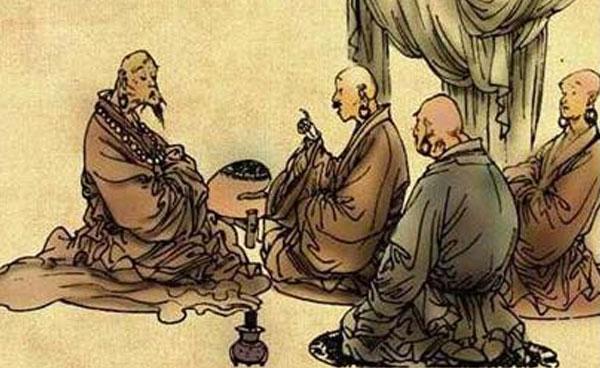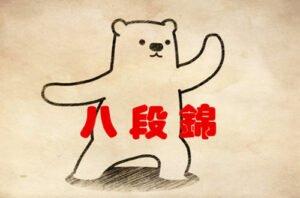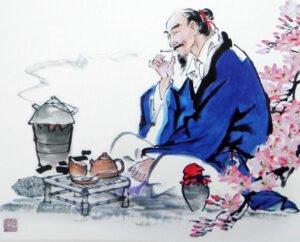Murata Shuko
SHUKO’S LETTER TO DHARMA TEACHER FURUITI HARIMA
(Shuko Furuichi Harima-hoshi-ate issi)
The most unsuitable thing for this Path *1 is complacency in the heart and attachment to [one’s] own self *2. It is even more improper to envy the skillful husband and look down on the novice. One should, when approaching a skillful husband, sigh at every [his] word, and also, as far as possible, teach the novice. The great thing for this Path is to erase the boundaries between Japanese and Chinese. This is very important, and one should be attentive [to it]. In addition, the speech is interrupted [with indignation] because in the present times, speaking of “frozen – dried up,” beginners take things from Bijen and Shigaraki *3 and [expose] themselves as high [in skill] and immersed [in knowledge of the true essence of the Way], which [other] people do not recognize. It must be interesting [to learn that] to “wither” is to possess a good [tea] utensil, to know [its] “flavor” well, and to appreciate [it] from the heart, after which the “frozen-skinny” is [achieved].
But if this is so, then people totally incapable of comprehending “frozen – dried up” should not touch the utensils at all! Whatever appearance [it]
has, it is important to sigh [ after looking at it] *4. Only self-will and attachment to [one’s] own self are bad,
but nevertheless, if there is no self-respect, the Way [of tea] will remain incomprehensible. The famous expression [ that reveals the essence of] the Way is: “Be the teacher of the heart, but do not make the heart the teacher.
Comments:
The translation is made according to the edition of “Tiado koten zenshu” (“The Complete Collection of Classical Treatises of the Way of Tea”) [61], vol. 3, с. 3.
- I.e. Ways of Tea.
- In all Buddhist schools without exception, attachment to one’s own self (gajo) is considered a very serious obstacle to enlightenment. Appealing to this provision of Buddhist dogma when discussing the crucial question of a person’s suitability to practice the tea ceremony demonstrates Shuko’s Buddhist criteria for approaching the tea ceremony.
- The main centers of pottery production in medieval Japan.
- I.e. to see the true, “hidden” beauty of utensils, no matter how rough they may be at first sight, and, having realized this beauty “with the basis of the heart”, to sigh with admiration.


